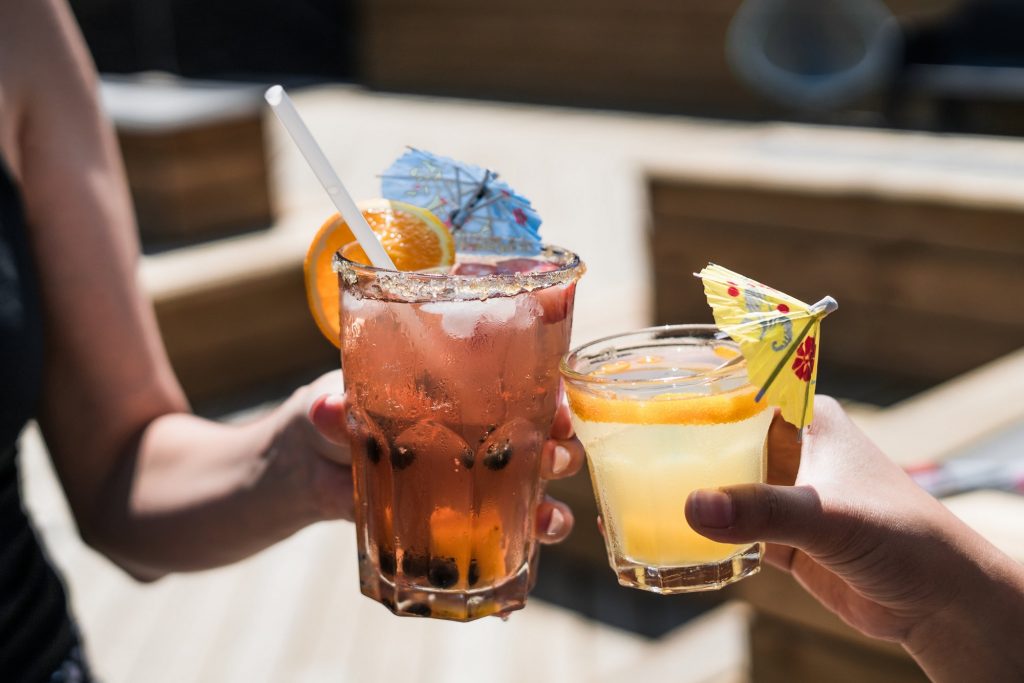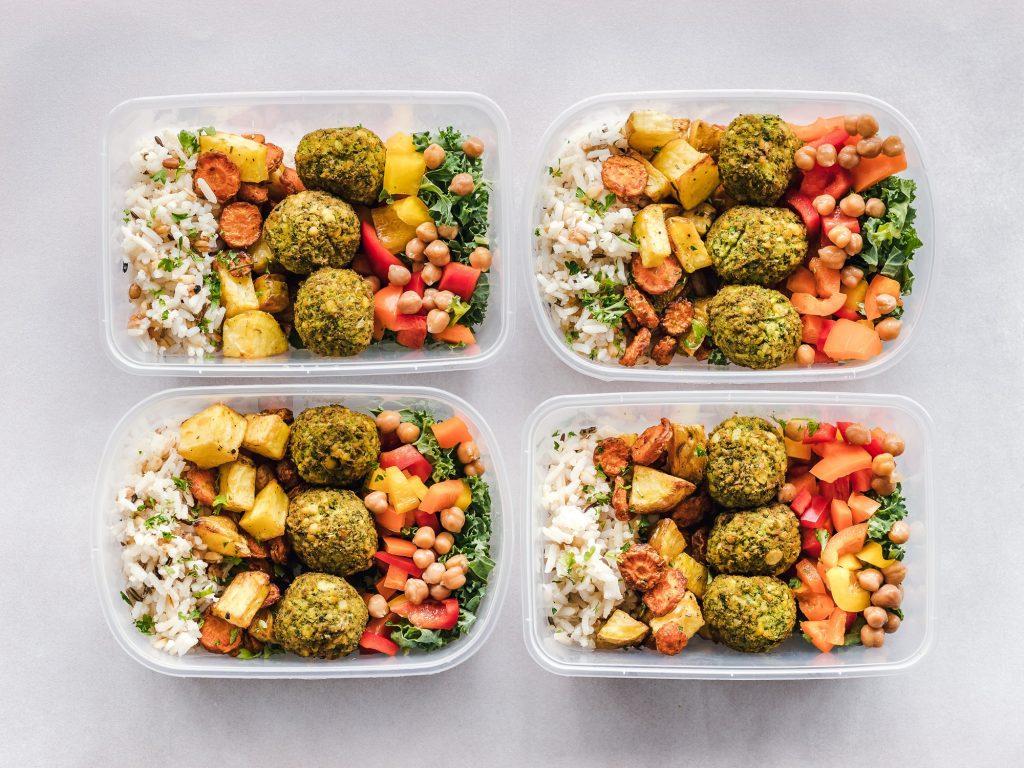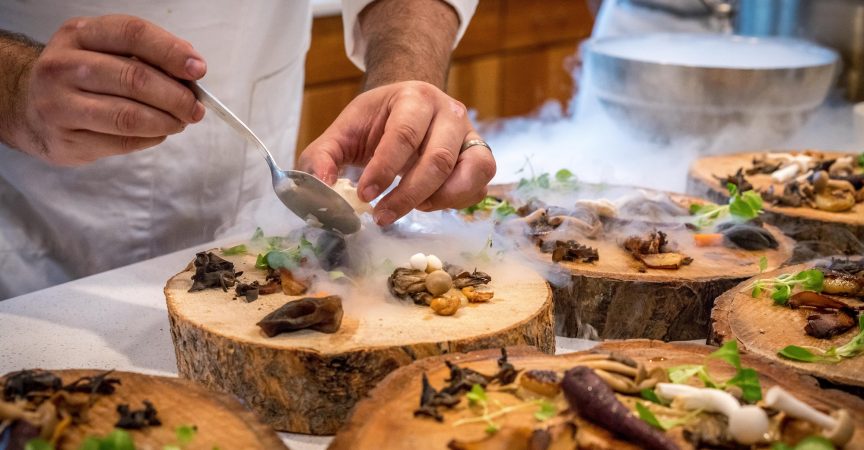Dr. Morgaine Gaye with the Top 5 Trends for the Next 10 Years in Foodservice and Restaurants
Smaller menus with a ‘Don’t like it? Come back another time then’ attitude. Insects in our dishes. Menu items featuring boozy ingredients such as loaded peanut butters.
These are just some of the food and restaurant trends that food futurologist Dr. Morgaine Gaye thinks we will see in the next 10 years. Dr Gaye is a food futurologist and director of bellwether: Food Trends, the first food trend research compendium.
She examines food and eating from a variety of perspectives including social, cultural, economic and more and she’s worked with leading blue chip food companies and manufacturers on a variety of initiatives. She’s also currently writing a book, A Taste of Things to Come about food trends and is developing a future TV series with the Food Network, US.
What else lies ahead for the foodservice industry?
Dr. Gaye, who will be speaking at RC Show 2020’s Breakfast With Champions, highlighted five trends coming down the pike for restaurants and foodservice operations.

Trend #1: The Shift to Low to No-Alcohol
Alcohol consumption is on the decline and it’s a trend primarily driven by the millennial and Gen Z generations. “So we’ll see non-alcoholic bars opening,” says Gaye. “There will be many more clever complex mixes that are non-alcoholic and non-alcoholic wines will have a lot of depth of flavourful notes like a wine does. So it’s not just about having a non-alcoholic beer. It’s sexier than that. The no-alcohol is almost a secondary thought and instead, it’s about making an interesting drink that doesn’t happen to have alcohol in it.”

In fact, Gaye notes that we may also see a future taxation on alcohol which will force restaurants and bars to rethink how alcohol is consumed. “The way to get around that is to put it into food,” she says. “So we’ll see more alcoholic food appearing—such as bourbon peanut butters and alcoholic ice creams and sorbets–and less alcoholic beverages.”
Trend #2: The Evolution of Protein
The plant-based foods trend will continue to evolve to where eating meat plays less and less of a starring role in consumers’ diets. “It will be much less frequent and the non-meat meats and non-egg eggs and non-dairy milks will get better and better,” says Gaye.
And given we’re already seeing cricket flours and powders on our grocery shelves today, Gaye predicts a rise in using insect proteins in dishes. “There are many varieties of insects so we’ll get a little bit more adventurous in those tastes,” she says. “Initially they’ll be ground up in meals but they’ll also be used in animal feed—they are already. There will be big growth in using insect protein in different ways.”
Trend #3: Inclusive Menus
Rather than trendy diets—think paleo and keto diets–that have made their way onto restaurant menus today, the future involves a deeper understanding of diets and health. “We’ll start to understand that it’s all about the gut microbiology,” says Gaye. This in turn will set off greater interest in personalized diets for consumers.

What does that mean for restaurants? “We’ll see the integration of the menu and technology. It’s almost like a scanning device for intelligent menus,” says Gaye. “You will know what’s good for you from that menu.”
Trend #4: How Technology is Used
Technology already does and will continue to play a role in virtually every single part of our lives.
Additionally, home electronics will become increasingly “smart” and more commonplace in the everyday home. “There will be more ways to buy things and all of the ordering will happen online or our different interfaces will have the conversations to help us do that,” says Gaye. “We’ll have embedded skin technology or skin interfaces on our skin that will help us what the nutrients and minerals that we need because we’re deficient in them on any given day.”
Those future personalized menus will also feature much more intimate and functional technology–think technology embedded in our skin or on our skin’s surface. “Before it was a little more showy and out there but it will become more streamlined,” she says.
Trend #5: The Restaurant Makeover
Some of the restaurant styles we see today may be long gone in the coming years—think restaurants with multi-page, expansive menus. “That’s very stressful for people and they don’t like that,” says Gaye. “We’ll start to go to restaurants that have less choice and some restaurants will have no choice. You go in and ask what the menu of the day is and if you don’t want it, you leave.” Along with less choice, the restaurant of the future will also integrate more seasonal, local produce.

And at opposite ends of the spectrum, Gaye doesn’t see formal white tablecloth dining lasting into the future. And when it comes to quick-serve restaurants, it will be all about the packaging. “We’ll start seeing the way that fast food is wrapped and served—there’ll be big changes coming there,” she says.










I believe there will be a dramatic shift towards experimentation with all varieties of cannibanols (leaves, oils, etc.) . This is certainly coming in our country (Canada). Might want to enlarge the scope of the article (and talk) to include this dramatic enlargement of the scope of cooking.